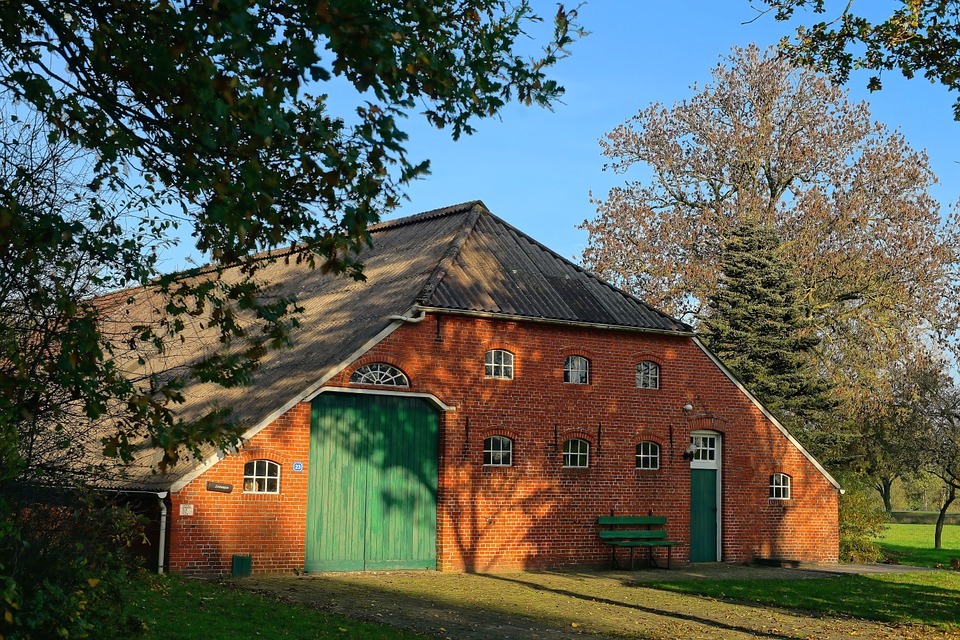If you live in a part of the country that is prone to tornado or hurricane damage, a storm shelter can help ensure your safety during a disaster and give you peace of mind even when there are no storms brewing.
Storm shelters come in various types and sizes. The one that you choose will depend on your location, budget, the structure of your home, and the type of materials available.
Here are some different shelters to consider:
- In-house shelter – This storm shelter is generally erected with steel or wood and constructed within the home. The major benefit of this in-house shelter is that there is no need to leave the house during inclement weather.
- Pre-built shelter – A pre-built shelter is manufactured elsewhere and placed within or next to your home. There is no need to reinforce or convert a portion of the house because you can utilize the pre-built shelter as an extension of your home.
- Underground shelter – This shelter is built underground for better protection against the strong winds of tornados or hurricanes. You can order the shelter prebuilt and install it somewhere in your yard. Make sure to install it far enough away from your home that debris won’t inhibit your ability to get out after the storm has passed.
The location of the storm shelter is critical. It will be disastrous to build your underground storm shelter in a location that is prone to flooding or storm surge. Your storm shelter will protect you from the winds, but it won’t easily safeguard you from flood water.
Another thing to consider in building a storm shelter is the size. Build a shelter that can accommodate the number of people who are expected to utilize it. If you have a large family, you will need a fairly large shelter in order to avoid overcrowding.
Your storm shelter will not be of much use without loading it up with the necessary supplies. Make sure that you do all of your preparations before the storm hits. Stock up with the basic things you need to survive for several days. Items to include are water, food, warm clothes, flashlights, personal documents, camping gear, first aid kits, and any other things you normally include in your emergency kit.
When building a storm shelter, you need to make sure that it is made of materials that are strong enough to protect you from hurricanes or tornados. Don’t take any shortcuts; otherwise your storm shelter could become a trap.

